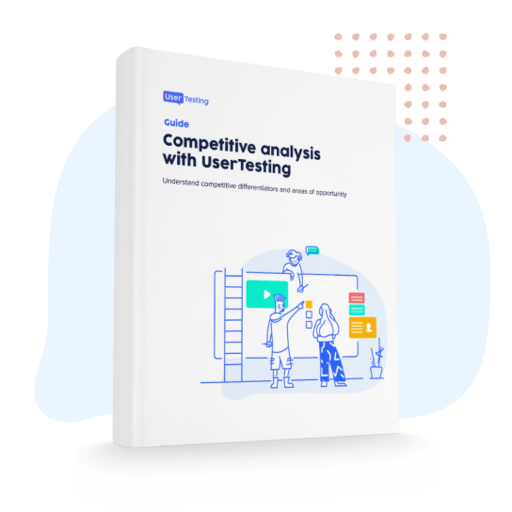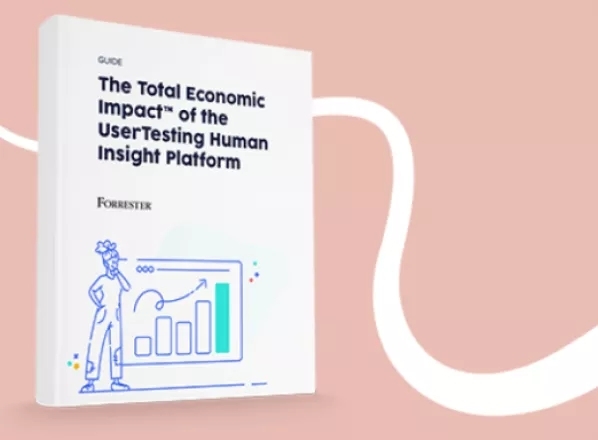UNDERSTAND NEEDS
Inflation and customer perception testing
Gain further insight into what customers are thinking, and expecting, during an uncertain market

What you'll learn
An understanding of how customers are changing their preferences, habits, and priorities in reaction to inflated market conditions
How customers respond to a change in pricing due to inflation
How to make confident decisions when repackaging a product or service by collecting customer feedback on the changes
How to boost customer loyalty by understanding how customers hope companies respond to inflation
Featured guide
Competitive analysis with UserTesting
Learn how to understand your competitive differentiators and identify areas of opportunity.

What to test next
After completing a website evaluation test, consider taking a look at the templates for website comparison to do competitive or historic research, website conversions to analyze how to best persuade customers, and website navigation to assess its ease of use.
Additional resources
Now that you know how to use this template to fit your needs, dive into the resources below to learn how teams across your organization can rely on human insight to create successful, customer-centric products and experiences.

Forrester: UserTesting delivers a 665% ROI over three years
A recent Total Economic Impact™ (TEI) Study, conducted by Forrester on behalf of UserTesting, illustrates how organizations using the UserTesting Human Insight Platform can realize $2.03M in value and 665% in ROI over a three-year period.




